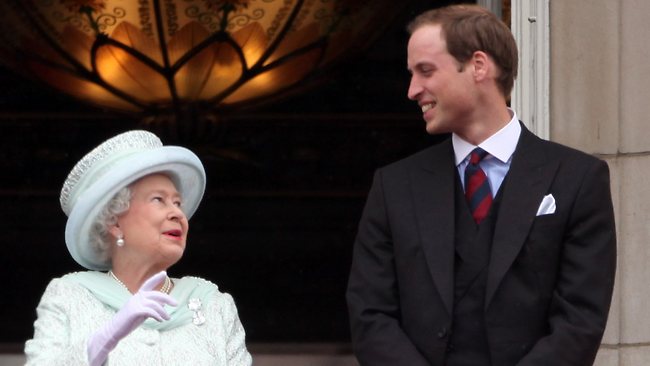The late monarch’s personal riches, which included her jewels, art collection, investments, and two homes—Balmoral Castle in Scotland and Sandringham House in Norfolk—was valued at $500 million by Forbes last year. Both properties were given to the Queen by her father, King George VI.
The vast majority of the Royal family’s wealth—at least £18 billion ($21 billion)—is now transferred to the next king, King Charles, and his successor following a well-traveled, centuries-old road.
Prince William, who is currently first in line for the British throne, is a lot wealthier man as a result of the line of succession.
The exclusive Duchy of Cornwall estate passes to the future monarch from his father. The majority of the nearly 140,000 acres of land and property that the duchy owns are in southwest England.
The estate, which King Edward III founded in 1337, is estimated to be worth $1 billion (£1 billion) based on its most recent financial statements.
According to the estate’s website, money from the estate is “used to fund the public, private, and charitable activities” of the Duke of Cornwall. Prince William now holds that position.
The £16.5 billion ($19 billion) Crown Estate, by far the largest portion of the family’s wealth, now belongs to King Charles as the current monarch. The monarch, however, turns over all estate revenues to the government in exchange for a piece, known as the Sovereign Grant, under a 1760 agreement.
The estate covers a sizable portion of central London’s real estate as well as the seafloor around England, Wales, and Northern Ireland. It is run by a chief executive and commissioners, or non-executive directors, who are chosen by the monarch on the prime minister’s proposal. It has the status of a corporation.
It had a net profit of over £313 million ($361 million) during the most recent fiscal year. The Queen received a Sovereign Grant of £86 million ($100 million) from the UK Treasury as a result. In the United Kingdom, that amounts to £1.29 ($1.50) per person.
The majority of this money goes for upkeep and personnel compensation for the Royal family’s properties.
15% of the estate’s income typically represent the Sovereign Grant. However, in 2017 the contribution was increased to 25% for the following ten years in order to assist with funding Buckingham Palace renovations.
In addition, King Charles receives the Duchy of Lancaster, a private estate that dates back to 1265 and has a current estimated value of £653 million ($764 million). The profits from its investments assist to support other Royal family members and pay for official expenses that are not covered by the Sovereign Grant.

